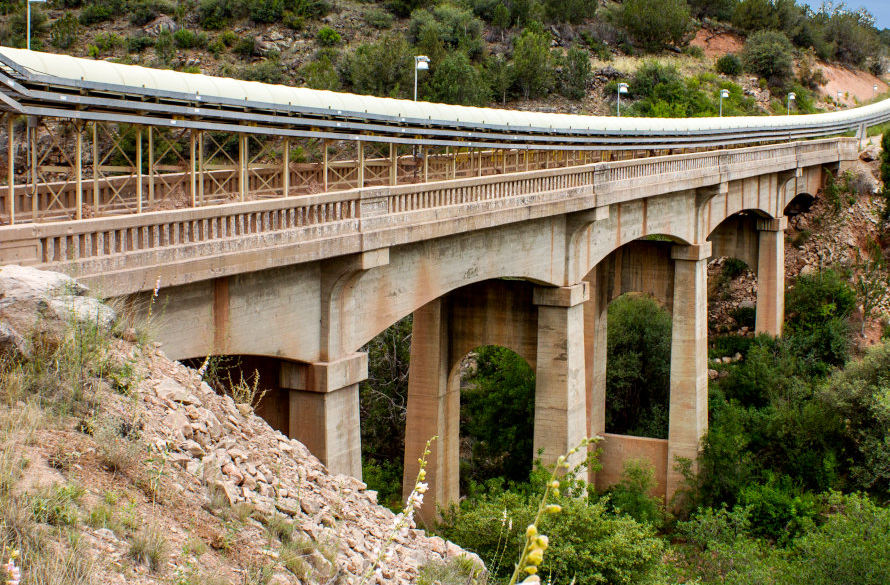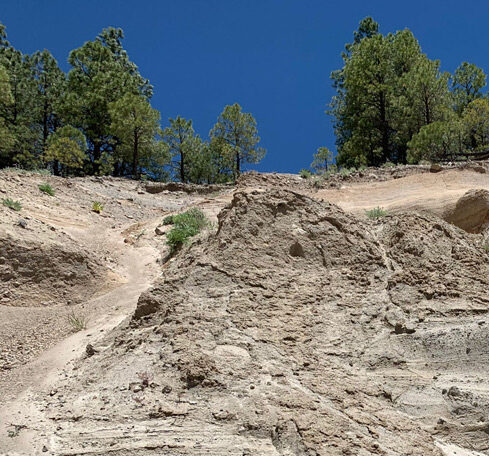Imagine a world where there is no concrete – everything that you see around you might soon turn back into nothing more than rubble if it weren’t for one thing: Concrete.
Every day, billions of people walk the earth and interact with concrete. From sidewalks to highways, from buildings to bridges, this material is crucial to our society. Without this, we would have no sidewalks where children can play safely or roads that allow us to travel quickly between cities.
Concrete is the most widely used man-made material on earth.
Concrete is a composite material made from natural and artificial materials. It is typically a combination of sand, gravel, Portland cement, water, and other additives that help to make concrete stronger.
Constantly used but often ignored. There is a plethora of concrete usage in our daily lives. From the flooring in your home to the pavement on a busy street, concrete is omnipresent and often taken for granted as we’re so accustomed to its presence.
Concrete makes up a significant part of any modern building’s infrastructure. The materials are also relatively economical, making it an excellent choice for people looking to build something from scratch or renovate their current property. It also has many different types and uses for various purposes.
The first widespread use of Portland cement in home construction was in England and France between 1850 and 1880 by Francois Coignet, who added steel rods to prevent exterior walls from spreading.
Concrete is a durable and versatile building material that can withstand natural disasters.
With homes across America becoming more vulnerable due to an increase in natural disasters caused by climate change, we need innovative solutions for our infrastructure that will be versatile enough under pressure. So they can again serve their original purpose: providing safety from these threats.
In the aftermath of natural disasters, such as hurricanes, flash floods, and earthquakes, critical infrastructure is often compromised. That’s why concrete plays an integral role in a resilient society by providing structures that can withstand extreme weather circumstances while simultaneously enduring those disasters without breaking down as other materials would. It is incredible how powerful concrete is in helping rebuild communities affected by these events.
Concrete Innovations Can Help Us Lead More Sustainable lives.
As the world becomes more aware of climate change, individuals are looking for ways to reduce their carbon footprint. One way is by using concrete that captures carbon emissions and stores them in itself. This process is called Carbon Capture and Storage (CCS), and it’s a relatively new innovation in construction materials. Through CCS, buildings can be built with reduced CO2 emissions, contributing less to global warming.
The world is changing rapidly, and it’s more important than ever to take steps towards creating a resilient society. Concrete can be an integral part of that resilience by providing shelter in the event of natural disasters. Not only does this manufactured material provide protection against natural forces, but it also offers long-term durability. With concrete innovations fueling sustainability efforts around the globe today, we’re excited to see what the future holds for our industry.
Create a more resilient society and take the steps today to be prepared for tomorrow! Contact Drake to help you find the best cement and materials for your next construction project.





